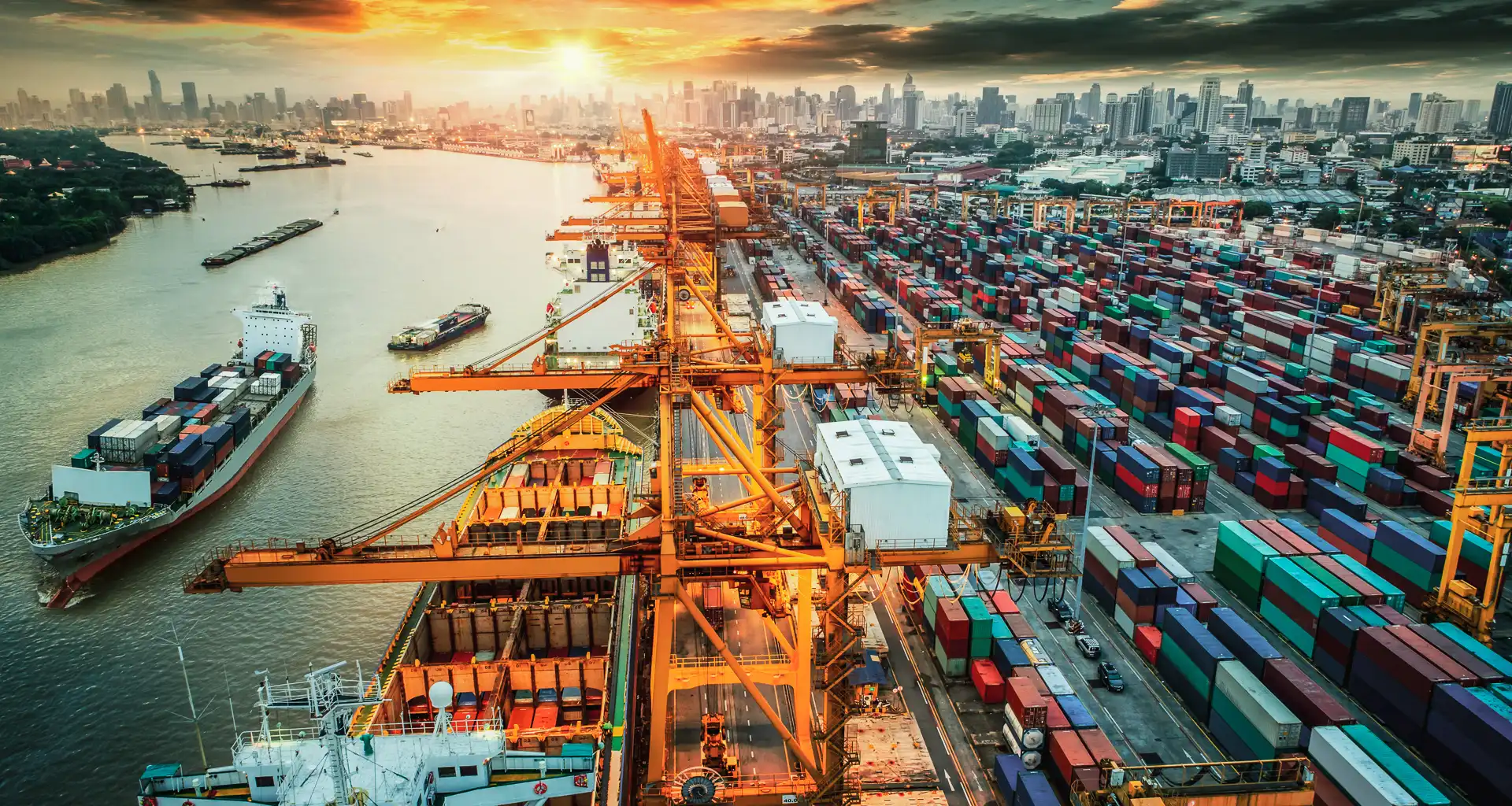Manual vs. Autonomous Supply Chain Orchestration – Why the Shift Matters
Coordinating a global supply chain today is like managing a complex puzzle where every piece is constantly moving.
Across industries, supply chains face mounting challenges—tight delivery windows, fluctuating demand, and increasing operational costs—that strain traditional, manual processes. In one manufacturing network, even a two-hour delay in a key shipment triggered ripple effects across multiple facilities, illustrating how fragile manual coordination can be. In retail distribution, misaligned warehouse replenishment schedules led to both overstocks in some regions and shortages in others.
This is important because every delay, mismatch, or blind spot impacts cost efficiency, customer trust, and overall competitiveness. The growing complexity demands faster, smarter, and more connected decision-making than manual methods can handle.
By adopting autonomous orchestration powered by real-time data, predictive analytics, and AI-driven decision systems, supply chains can shift from reacting to anticipating, ensuring smoother operations and better resilience. This article explores how this transformation works and the tangible benefits it brings—so you can see where the future of supply chain management is headed.
Table of Contents
What is manual supply chain orchestration?
Manual supply chain orchestration is a process driven by human intervention, where decisions depend on manually gathered information and isolated systems. Teams often work with spreadsheets, paper-based records, and disconnected software, making it difficult to achieve real-time visibility across operations. Communication typically happens through calls, emails, and in-person meetings, which can slow down responses to disruptions. This reactive approach increases the risk of delays, errors, and inefficiencies, as every adjustment requires multiple layers of coordination. Without automation or system integration, managing inventory, transportation, and demand planning becomes a constant balancing act, leaving little room for proactive decision-making or process optimization.
What is autonomous supply chain orchestration?
Autonomous Supply Chain Orchestration refers to a connected, technology-driven approach where systems work in harmony to manage operations with minimal human input. Using tools such as artificial intelligence, machine learning, and digital twins, it enables real-time monitoring, analysis, and decision-making across the entire supply chain. Data moves seamlessly between stages, allowing the system to detect potential issues before they escalate, adjust workflows instantly, and maintain smooth operations. By continuously learning from new information, the process becomes more adaptive, precise, and resilient, ensuring that supply chain activities remain optimized even under changing conditions.
What is the difference between manual and autonomous supply chain orchestration?
| Aspect | Manual Supply Chain Orchestration | Autonomous Supply Chain Orchestration |
|---|---|---|
| Decision-Making Approach | Relies heavily on human coordination, emails, and spreadsheets, making processes slower and prone to errors during disruptions. | Uses AI-driven systems to detect disruptions, simulate scenarios, and respond in real time with minimal human intervention, improving agility. |
| Response Speed | Often delayed due to information silos and manual verification, resulting in late issue detection and limited reaction time. | Leverages real-time data from multiple sources for immediate action, early disruption detection, and rapid scenario planning. |
| System Integration | Data is fragmented across different tools and departments, making alignment slow and inefficient. | Centralized platforms unify workflows across procurement, logistics, finance, and operations, enabling a single source of truth. |
| Forecasting Method | Relies on past trends and gut instinct, increasing risks of inaccurate planning and misallocated resources. | Employs predictive analytics and scenario modeling to base decisions on accurate, up-to-date insights, minimizing overstock or shortages. |
| Risk Management | Operates reactively, focusing on solving immediate issues like supplier delays or production halts. | Implements proactive risk monitoring and contingency planning to prevent disruptions before they escalate. |
| Adaptability | Static and rigid plans require multiple approvals to change, slowing down responsiveness. | Continuously optimized plans update in near real time based on demand, supply, and market changes, enhancing flexibility. |
Conclusion
In modern supply chains, delays and disruptions are unavoidable, but relying on manual coordination often adds complexity instead of reducing it. Autonomous supply chain orchestration offers a way to anticipate issues, respond in real time, and keep operations moving without constant manual oversight. It blends data-driven decision-making with adaptive processes, creating systems that can adjust quickly to changing demands. As the pace of business accelerates and challenges grow more unpredictable, shifting from manual methods to autonomous orchestration becomes less about convenience and more about ensuring stability, speed, and accuracy in every stage of the supply chain.

